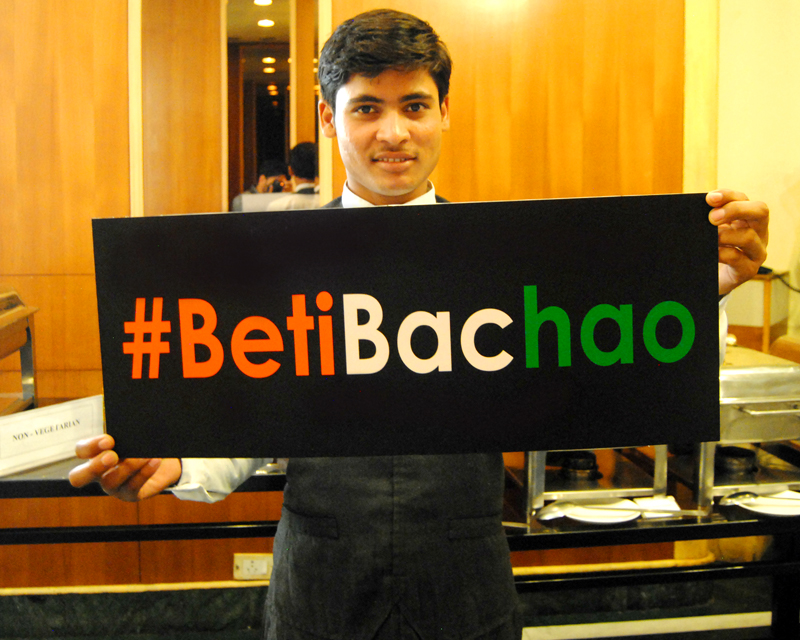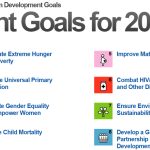During CSR’s International Conference on Pre-Natal Sex Selection, policy recommendations were given for responding to India’s skewed sex ratio (943 females per 1,000 males). It was agreed upon, that real change will not happen by only focusing on the morality of people engaging in sex selection. In short we need to minimize the disadvantages, for parents of girl children.


For this purpose, we need governmental schemes which specifically aim at improving the overall wellbeing of girls and women living in India. Currently, there are about 50 schemes in Delhi NCR, intended to uplift various marginalized sections of society. Of these 50 schemes, 15 schemes specifically target women and girls. As we have seen in the General Elections of 2014 and the Delhi Election of 2015, women’s empowerment has been central to the political agenda of nearly all political parties. Yet at the same time, budgetary allocations for promoting gender equality and women’s empowerment have declined over the last couple of years. There has been a decrease in the budget of the Ministry of Women and Child Development (MWCD) in the 12th Five-Year Plan as compared to the 11th Five- Year Plan. This is highly problematic as almost all of the schemes specifically meant for women and girls are implemented by the MWCD.
So what kind of schemes are currently available for women and girls? Basically there are schemes in place aiming to improve lives of women at all the different stages. There are those aiming to improve maternal heath or those specifically for widows. Next to this, we increasingly see the Conditional Cash Transfer (CCT) schemes emerging for the girl child. In India these schemes are colloquially referred as the ‘Laadli – Lakshmi schemes’, because most of them have either ‘Laadli’ (darling) or ‘Lakshmi’ (Hindu Goddess of wealth) in the name. These are the girl child protection schemes, mainly responding to the skewed sex ratio. Besides this, they often have additional objectives, such as improving school enrolment rates, delaying the average age of marriage and improving girls’ overall health status.
The CCT schemes work as following; the state gives out money to parents who have girl children, usually immediately after birth. After this, financial rewards are given to parents each time their daughter completes one year of education, and whenever she reaches the age of 18 unmarried. These schemes have taken their inspiration from welfare schemes in Latin America, where they proved to be particularly most effective in Mexico and in Brazil.
In his study “Conditional Cash Transfer Schemes and Girl Children: Indian Experience” for UNFPA, Professor T. V. Sekher, concluded the CCT schemes have been successful in improving the wellbeing of girls all over India. Most tellingly, we have seen an enormous increase in the enrolment of girls in primary level education. Nevertheless there are major challenges for better implementation of the schemes. At CSR, we work to identify and address these challenges through our work in the communities on a daily basis. We also provide information about the available schemes to the women and girls we work with.
Discuss this article on Facebook




